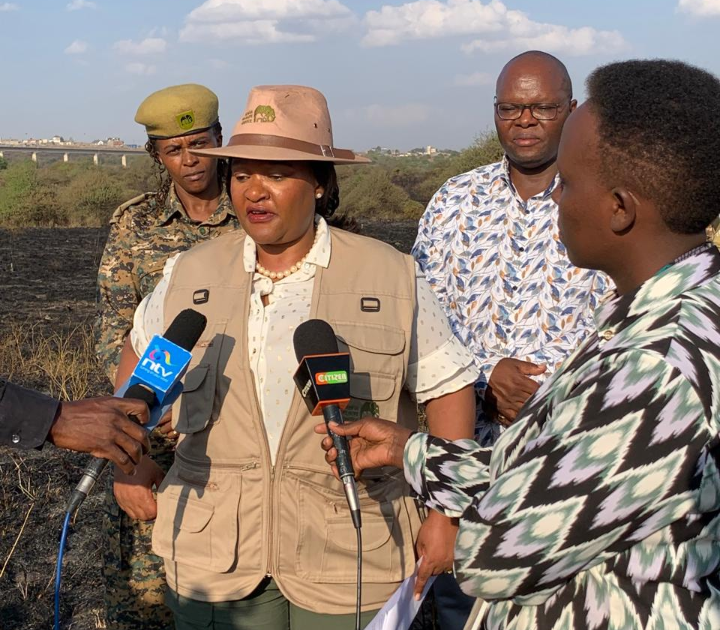By Eugenia Kindaruma
In the sun-scorched plains of Kajiado County, Peter Kilukei once watched helplessly as an elephant trampled him, and nearly claimed his life back in 2016.
For nearly a decade, his pursuit for compensation remained unresolved. His story mirrors Kenya’s broader struggle to reconcile conservation with community survival.
Yet today, though amid lingering pain, a transformative narrative of hope is emerging as Kenya pioneers reforms to heal the wounds of human-wildlife conflict better than it has done before.Kenya’s wildlife is a treasure of global appeal. In fact, 70% of Kenya’s tourism is driven by wildlife.
In reality, however, conserving wildlife comes with a challenge that manifests in human-wildlife conflict, especially where and when competing interests, mostly over water or space, shows up. It is not strange to find elephants raiding crops, hyenas killing livestock, and in tragic encounters, wild animals claiming human lives.
For years, bureaucratic labyrinths delayed compensation, with victims like Kilukei waiting up for far too long have been commonplace. By 2025, over 20,000 claims, worth Ksh. 1.36 billion remain unresolved. Then enter the Kenya Kwanza administration’s tech-driven revolution.
Spearheaded by Tourism and Wildlife Cabinet Secretary Rebecca Miano and Principal Secretary, State Department of Wildlife, a digital compensation model now replaces archaic manual systems.
Piloted in six counties so far, this revolution leverages real-time data verification and mobile platforms like M-Pesa to disburse funds within 90 days for minor claims, thereby slashing delays and impropriety.
“This marks a new era rooted in transparency and equity,” Miano declared. Since 2018, Sh4.8 billion has been disbursed, and a notable Ksh. 2.8 billion under the current government, surpassing prior years’ efforts.
Counties like Baringo, Laikipia, and Taita Taveta, where conflicts are rife, now see hope as decentralised County Wildlife Compensation Committees (CWCCs) empower local voices in claim verification.
For Kilukei, the compensation for his injuries is more than money. It is more about dignity. “I can finally start my business,” he shared, echoing a sentiment growing among 3,000 recently compensated families.
Beyond individual relief, the funds fuel community resurgence in palpable ways like fencing off school compounds, constructing water pans and erecting predator-proof bomas all done with an eye on blending tradition with innovation. Kenya Wildlife Service (KWS) Director General Erastus Kanga is upbeat about this paradigm shift.
In his own words recently he averred, “Conservation cannot thrive without community trust.” His teams deploy deterrent lights, rapid-response units, and kilometres of fences to pre-empt conflicts. Meanwhile, ecotourism initiatives like aloe farming in Baringo marry sustainability with economic prosperity.
The government’s vision extends beyond compensation of human-wildlife conflict. President William Ruto’s grand plan aims to fence all game reserves within five years.
Alongside he has promised a national wildlife database to help in proactive conflict management. Deputy President Kithure Kindiki recently pledged that the backlog of human-wildlife conflict victims would be done by 2027, vowing, “No victim will wait eternally.”
Meanwhile, partnerships with counties and private investors prioritise prevention through biodiversity credits, carbon offsets, and community-led conservancies that transform conflict zones into corridors of coexistence.
As CS Miano prepares for the compensation drive’s climax in Meru on May 26, the resolve is clear – to empower communities and ensure fairness at all times.
Kenya’s journey from loss to hope is a testament to resilience. It is a story where technology meets tradition, where policy heals wounds, and where humanity and wildlife inch closer to sustainable harmony, one compensated claim at a time.
Mrs Kindaruma is a Meru-based leadership trainer and educationist.

